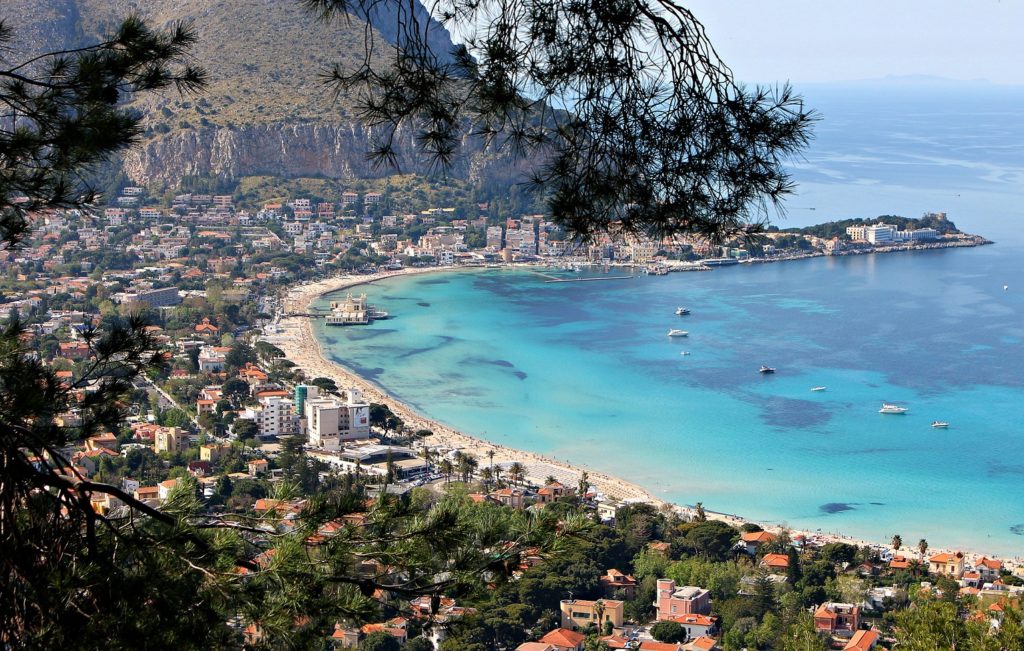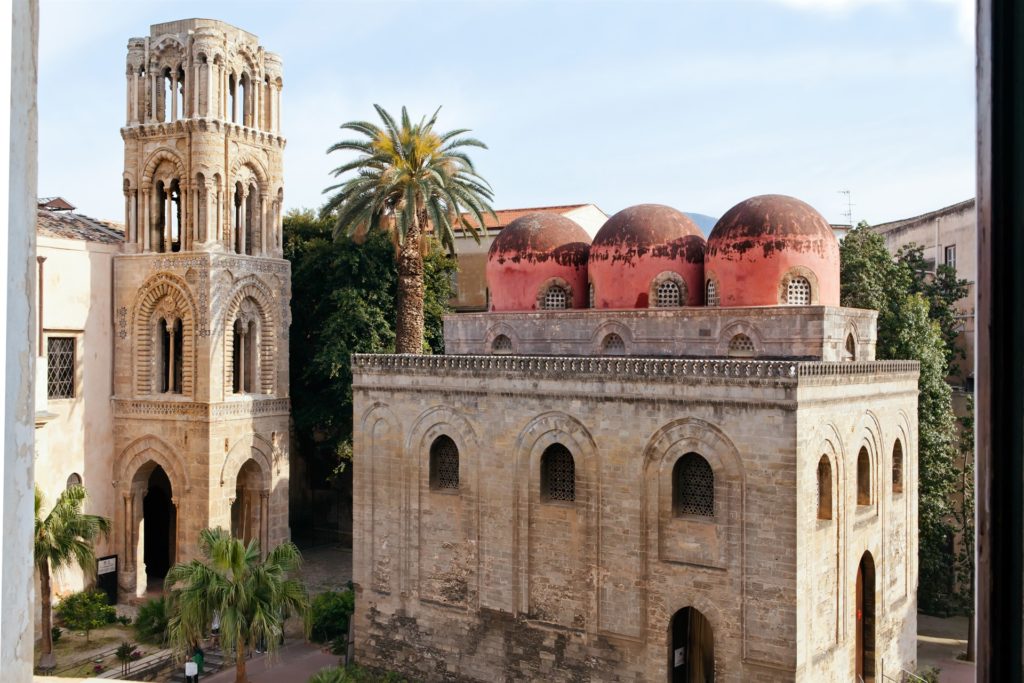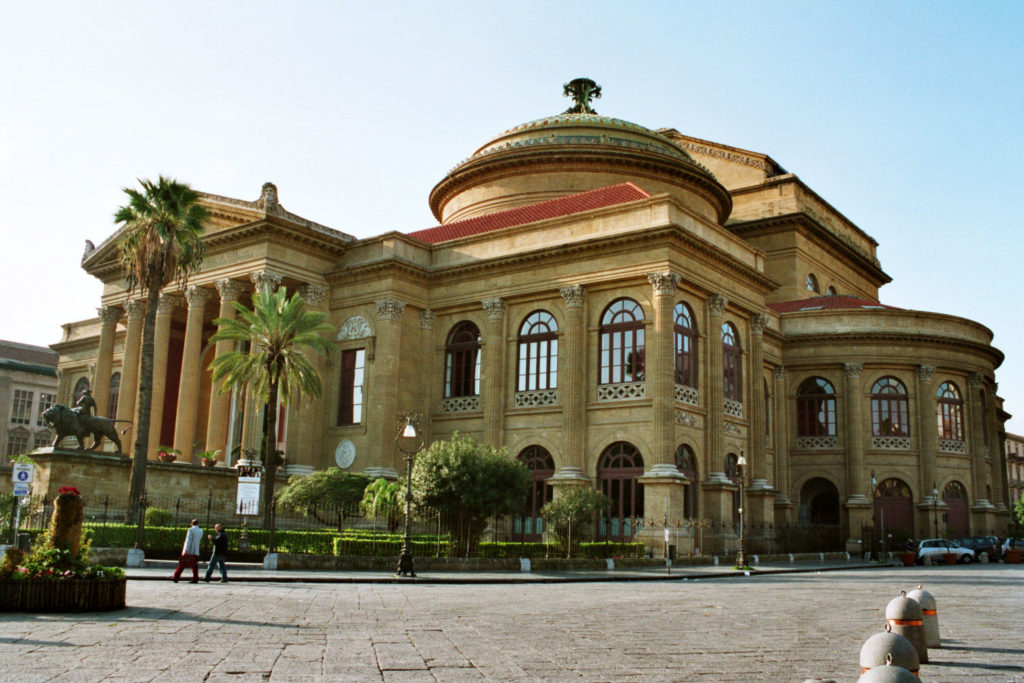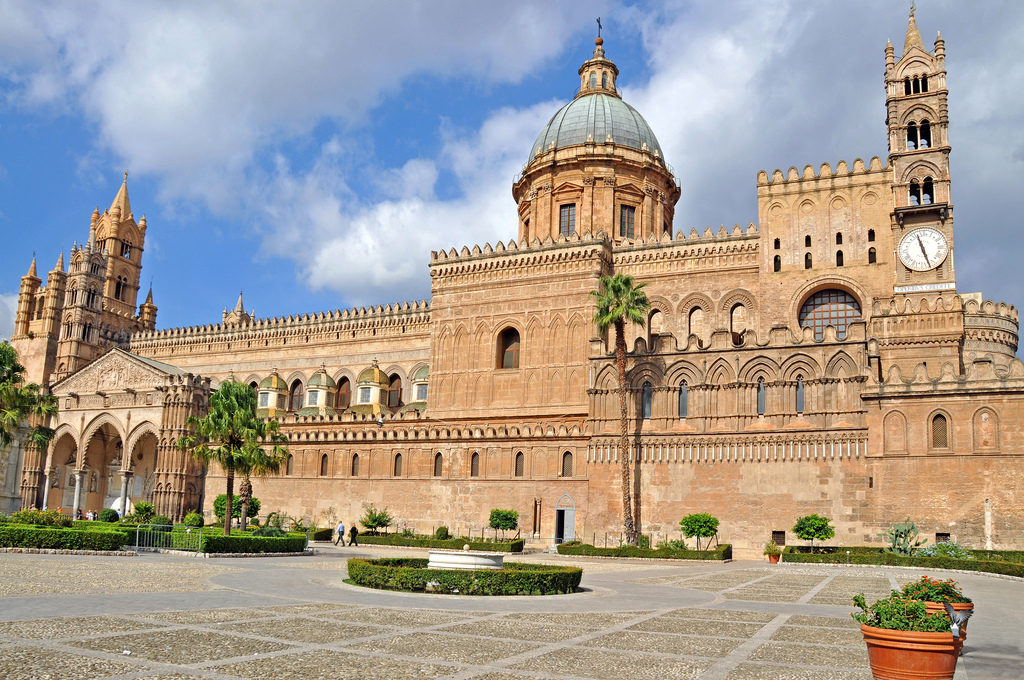If you are thinking about a travel to Sicily, one of the places you should definitely visit is Palermo. It is one of the most interesting cities of Italy due to a large variety of monuments as well as the history it tells us. Different cultures have left their mark here over the past centuries and that is why it is one of the destinations where you really get to know the Sicilian heritage. Today we want to travel back in time and visit the main events that, throughout history, have taken place in Palermo. We are going to take a chronological tour to discover the history of Palermo.

The history of Palermo
Origins of Palermo
On Mount Pellegrino, specifically located within the Addaura cave, cave paintings were found that belong to the Paleolithic and Mesolithic periods. However, it was the people of the Phoenicians who first established a human settlement on the island. Palermo was founded by them in the 8th century B.C. with the name of ‘Ziz’, that means flower, and later with ‘Mabbonath’, that would be translated like inhabited city. Later, the Carthaginians came here, who, thanks to their progress and additions, have pursued the development of the city.
Like in all the important cities bathed by the Mediterranean, both Greeks and Romans brought their influences to Palermo. First the Greek were on the island, between the 8th and 6th centuries BC. They renamed it ‘Panormos’, which means fluvial port. In the year 254 B.C. the Romans conquered the city and changed the name to ‘Panormus’. They inhabited it for several centuries and introduced Christianity to the island, which was accepted by the inhabitants and was marked both in history and in culture. If you visit Palermo, you will see that most of the monuments that are conserved are of Christian cult.
Have you thought of Sicily for your next vacation? See our accommodations
Tour of the medieval city
After the fall of the Roman Empire, the city of Palermo was conquered by different peoples. All were influential: first the vandals; then, in the fifth century, the Byzantines and later, the Arabs. In this Arab period, Palermo became the capital of the emirate of Sicily, hosting many Muslims of Arab origin. The years passed and there were some wars, between the Berbers and the Christians until, in the middle of the tenth century, Hasan al-Kalbi established peace and the splendour of the city began. The economy of Palermo was improved, crafts and commercial activity developed and agriculture was promoted.

With the money generated by the city, some public buildings could be built, such as mosques, palaces, gardens or the expansion of the port. Palermo was growing culturally and demographically. Many merchants wanted to settle here and other Sicilians also migrated to the island’s capital. As a result, new neighbourhoods were built where Jews and Christians also lived, and a new wall was built.
Peace was interrupted by the Normans, who attacked Palermo on several occasions until, at the end of the eleventh century, they seized power. For a time, Palermo was considered the capital of the Germanic Roman Empire until, in the thirteenth century, it became Naples and the decline of the Sicilian city began.
Spanish domain of the city
The Spaniards arrived in Palermo and found a city that had lost all the splendour it had enjoyed centuries ago. At first it had 30 thousand inhabitants, but its population gradually expanded, despite the scourge of the Black Death, which devastated the whole country.

It also grew culturally; new monuments were created – many of Baroque style – and the Bourbons unified the island with the Kingdom of Naples. With the arrival of the 20th century, Palermo continued to expand geographically and built some of the buildings we can see today: the Grand Hotel, Art Nouveau villas, the Massimo Theatre… But it had to face two new problems: World War II and the Mafia. Until the end of the last century, the latter was the main cause of deaths and murders of police officers and officials.
How Palermo is today
Today, the capital of Sicily is quiet, a peaceful city with a lot of tourist attractions. It is the largest city on the island, with about 800 thousand inhabitants, and almost one million if we count outlying areas. Due to its volume, it is also one of the most tourist destinations in southern Italy. It is located north of the Sicilian territory and is perfect to use it as a starting point if you want to visit other corners of the island, as it is very well connected.
The cathedral of Palermo, the Palace of Zisa, San Giovanni degli Eremiti or the Cappella Palatina are some of the monuments included as Patrimony of the Humanity of the Palermo-Norman Palermo complex.

It is, therefore, a city with an interesting history to tell us, as well as nourished by various influences that we can appreciate today in its varied heritage. It also has the leisure and cultural options that all tourists like. Enjoy your stay in Sicily and fall in love with the magic and history of Palermo.
